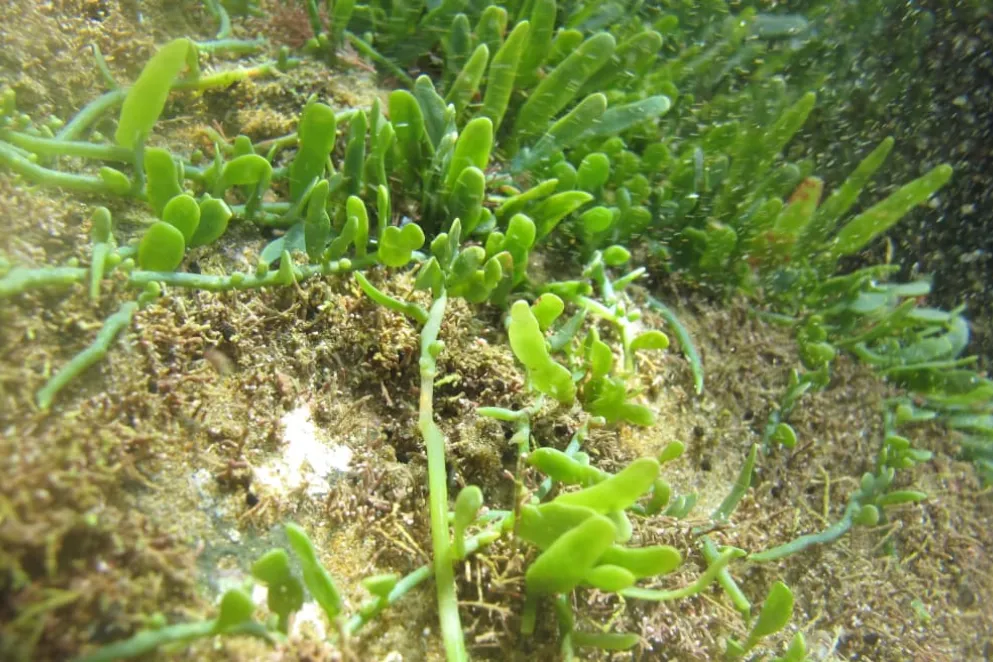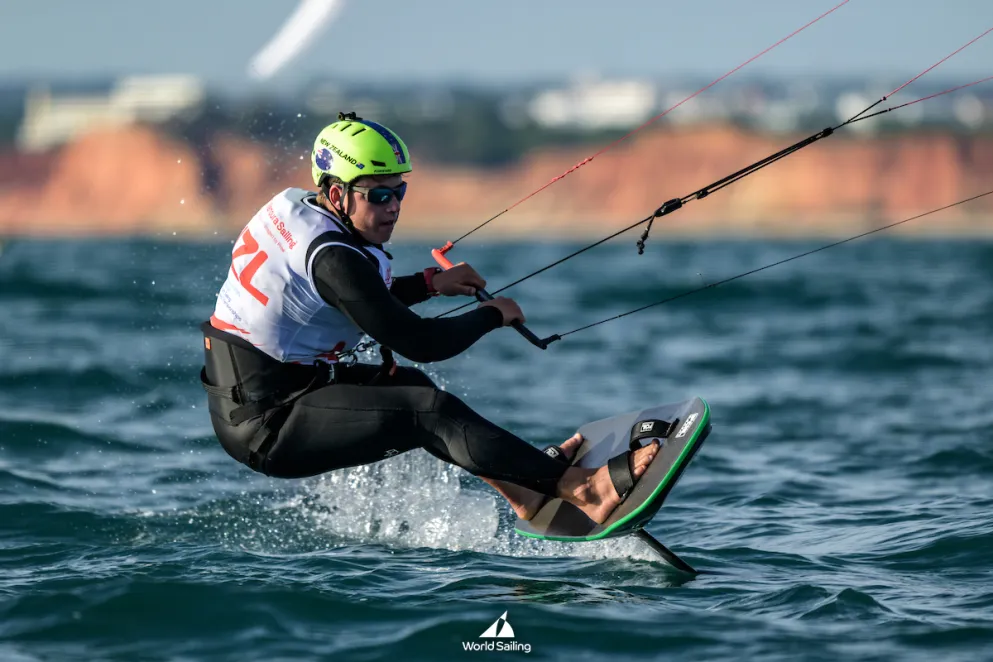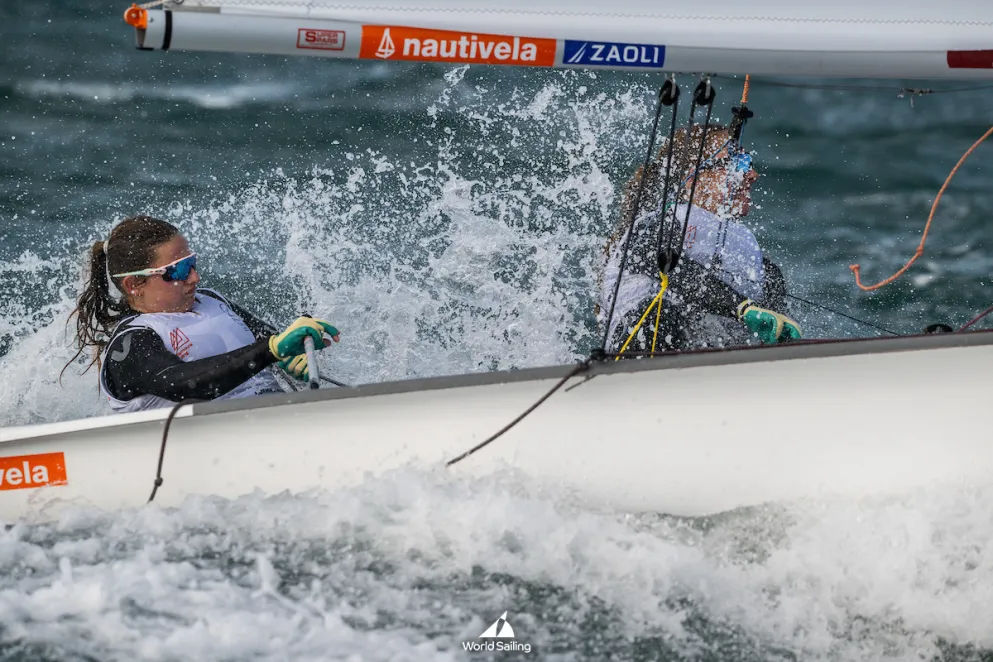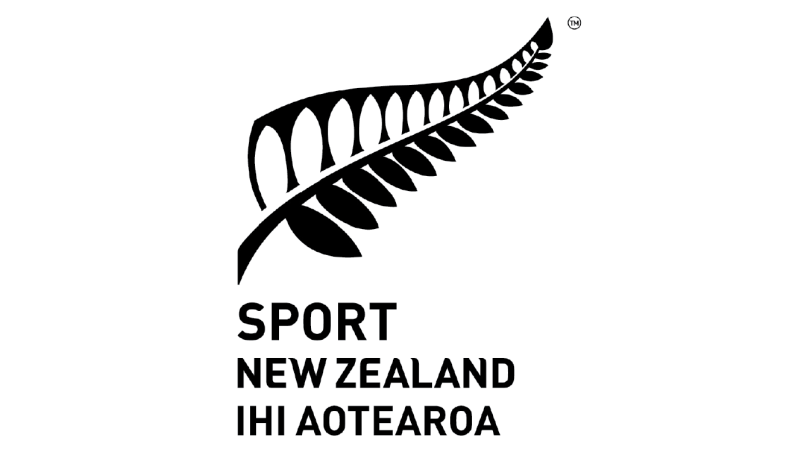'Immediate action' after Caulerpa found around Kawau Island
Biosecurity New Zealand is set to take “immediate action” after discovering small patches of exotic Caulerpa around Kawau Island in the Hauraki Gulf.
The popular island, one of the largest in the Gulf, is the latest to have reported finds of the invasive seaweed, which can spread rapidly and form dense underwater fields.
It comes after the announcement of an anchoring ban across a large section of the Bay of Islands last month, following the discovery of two species of exotic Caulerpa - Caulerpa brachypus and Caulerpa parvifolia - across some 200 hectares in the region - the first confirmed mainland infestation.
The ban makes it illegal to fish or anchor a vessel in an area of Te Rāwhiti. Similar controls are already in place at Aotea Great Barrier Island and Great Mercury Island are already in place.
According to director of response services John Walsh, Biosecurity NZ is considering the use of chlorine pellets beneath tarpaulins, as is currently being tested in the Bay of Islands by Northland Regional Council, or suction dredging to remove the seaweed.
"Divers found small 20cm to 30cm patches of the seaweed in the north channel, north-west of Kawau. Finding exotic Caulerpa in another area of Tāmaki is disappointing but not unexpected given the nature of the seaweed,” Walsh said in a statement.
"Caulerpa can easily be spread to new locations as it’s commonly caught up as tiny pieces of seaweed on vessel anchors and fishing gear.”
Walsh said efforts have been ongoing for the past two years to contain Caulerpa to known locations through a "sustained, thorough and collaborative effort" and to better understand its challenges, and trialling treatments.
Experts from California will come to New Zealand early next month to provide first-hand insights about using suction-dredge techniques to remove Caulerpa, while another expert technical advisory group will also be set up to revisit the latest information on this technique.
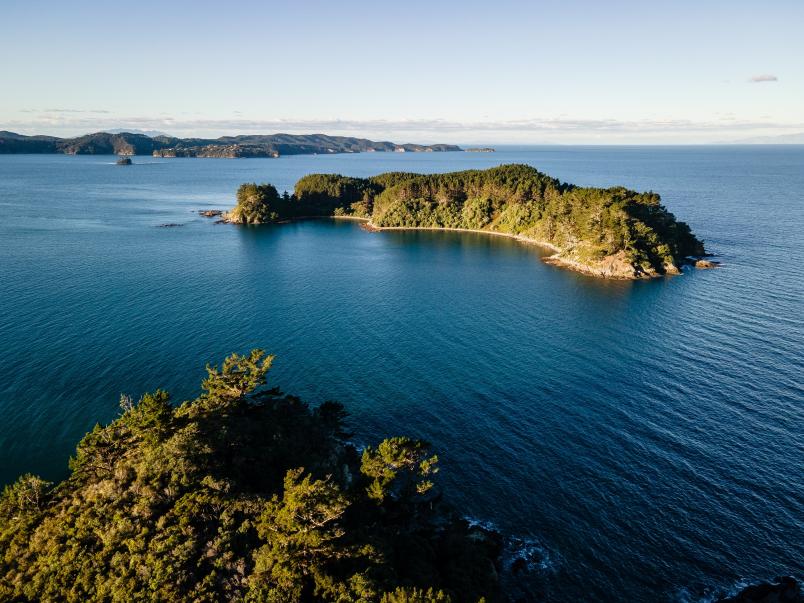
Aside from immediate work in the Kawau Island area, new in-water treatment trials will start in the Bay of Islands, Aotea and Ahuahu from July and will run through to the early summer period, Walsh said.
"People in those areas want Caulerpa eliminated. This will be very challenging given the many hectares of Caulerpa involved, but these trials are geared towards that.”
Biosecurity NZ is expecting to meet with the Ngāti Manuhiri Settlement Trust and Auckland Council this week ahead of control work and further surveillance in the area.
"Internationally, Caulerpa has not been successfully eradicated from areas the size of the finds in New Zealand, and climate change and warming oceans also present a tough biosecurity challenge for everyone,” Walsh said.
"All marine users can play a part in preventing the spread. We’re asking people to be vigilant by keeping boats and other aquatic equipment clean to reduce the risk of introducing or spreading any exotic seaweeds.
"Check your gear, especially anchors and chains. If you see any seaweed on your equipment, chuck it straight back into the waters it came from and if you think you've seen exotic Caulerpa, note the location, take a photo and report it to Biosecurity New Zealand.”
For more information on exotic Caulerpa and how to report sightings, click here.
